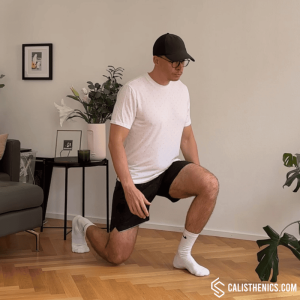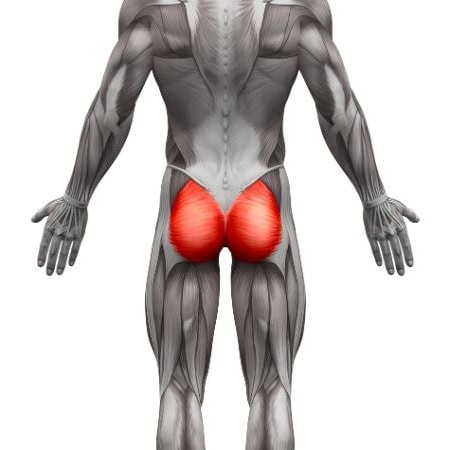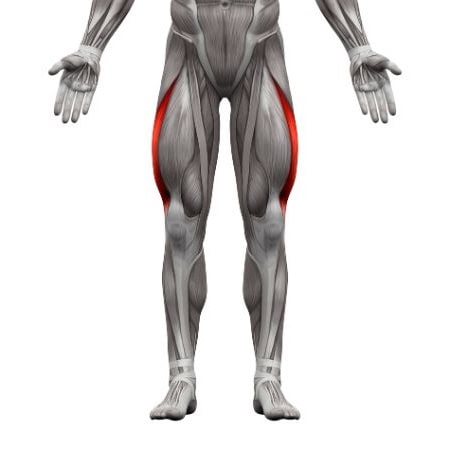Reverse Lunges
How to do Reverse Lunges?
Reverse lunges are a lower-body exercise that targets the quadriceps, hamstrings, and glutes while improving balance, coordination, and core stability. Unlike forward lunges, reverse lunges are often easier on the knees and are great for building unilateral leg strength. This exercise is suitable for both beginners and advanced athletes and can be performed with just bodyweight or added resistance such as dumbbells or kettlebells.
Steps to Perform the Exercise:
- Stand Tall: Start in a standing position with your feet hip-width apart. Your core should be engaged, and your chest lifted.
- Step Back: Take a large step backward with your right leg. Keep your upper body upright and your gaze forward.
- Lower into a Lunge: Bend both knees as you lower into a lunge. Your left knee should form a 90-degree angle, with your knee aligned over your ankle. Your right knee should hover just above the ground.
- Push Back to Starting Position: Push through the heel of your left foot to bring your right foot forward, returning to the starting position.
- Switch Legs: Alternate legs by stepping back with your left leg and repeating the same movement.
Tips for the proper execution of Reverse Lunges
Maintain an Upright Posture: Keep your chest up and back straight throughout the movement. Avoid leaning forward or arching your lower back.
Knee Alignment: Ensure your front knee tracks directly over your ankle and does not extend past your toes. Your back knee should be bent at about a 90-degree angle, hovering just above the ground.
Control Your Step: Step back in a controlled manner, ensuring a steady and balanced movement. Avoid rushing or letting your back leg collapse.
Push Through the Heel: As you return to the starting position, push through the heel of your front foot to activate the glutes and quads.
Use Your Core for Stability: Engage your core muscles to maintain balance and prevent wobbling during the movement.
Muscles worked when doing Reverse Lunges
- Primary Muscles: Quadriceps, hamstrings, glutes.
- Secondary Muscles: Calves (gastrocnemius, soleus), core (rectus abdominis, transverse abdominis, obliques), hip flexors.
Primary Muscle(s):
Secondary Muscle(s):
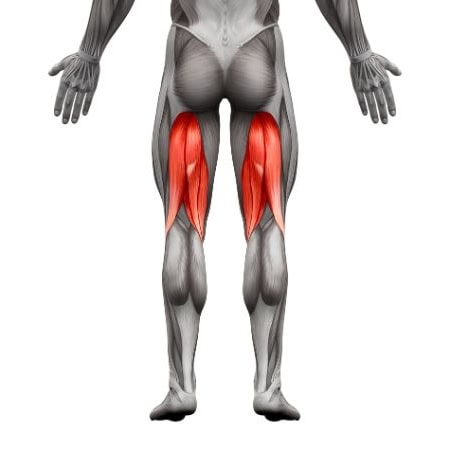
Hamstring
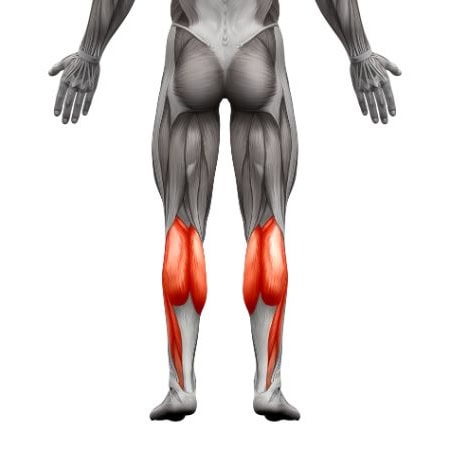
Calf
Equipment needed for Reverse Lunges
No equipment needed for this exercise.
Adjust the difficulty of Reverse Lunges
How to make Reverse Lunges harder?
How to make Reverse Lunges easier?
How to make Reverse Lunges harder?
To make Reverse Lunges harder:
-
Add Weight: Hold dumbbells at your sides or use a barbell across your shoulders to add resistance and challenge your muscles more.
-
Increase Reps or Sets: Perform additional repetitions or sets to increase the intensity of your workout, challenging both endurance and strength.
-
Slow the Tempo: Slow down the lowering phase (eccentric phase) of the lunge, taking 3-5 seconds to lower yourself. This increases time under tension and engages your muscles more effectively.
-
Add a Jump: For an advanced variation, perform a jump when returning to the starting position, turning the reverse lunge into a plyometric exercise.
How to make Reverse Lunges easier?
To make Reverse Lunges easier:
-
Reduce Range of Motion: If you're new to lunges, start by lowering only partway into the lunge rather than going all the way down. Gradually increase the depth as your strength and mobility improve.
-
Hold on to Support: Use a stable surface like a wall or railing to help with balance and control, especially if you're struggling with stability.
-
Perform Stationary Lunges: Instead of alternating legs, keep your feet in place and perform the reverse lunges one leg at a time. This removes the added challenge of switching legs and improves focus on form.

